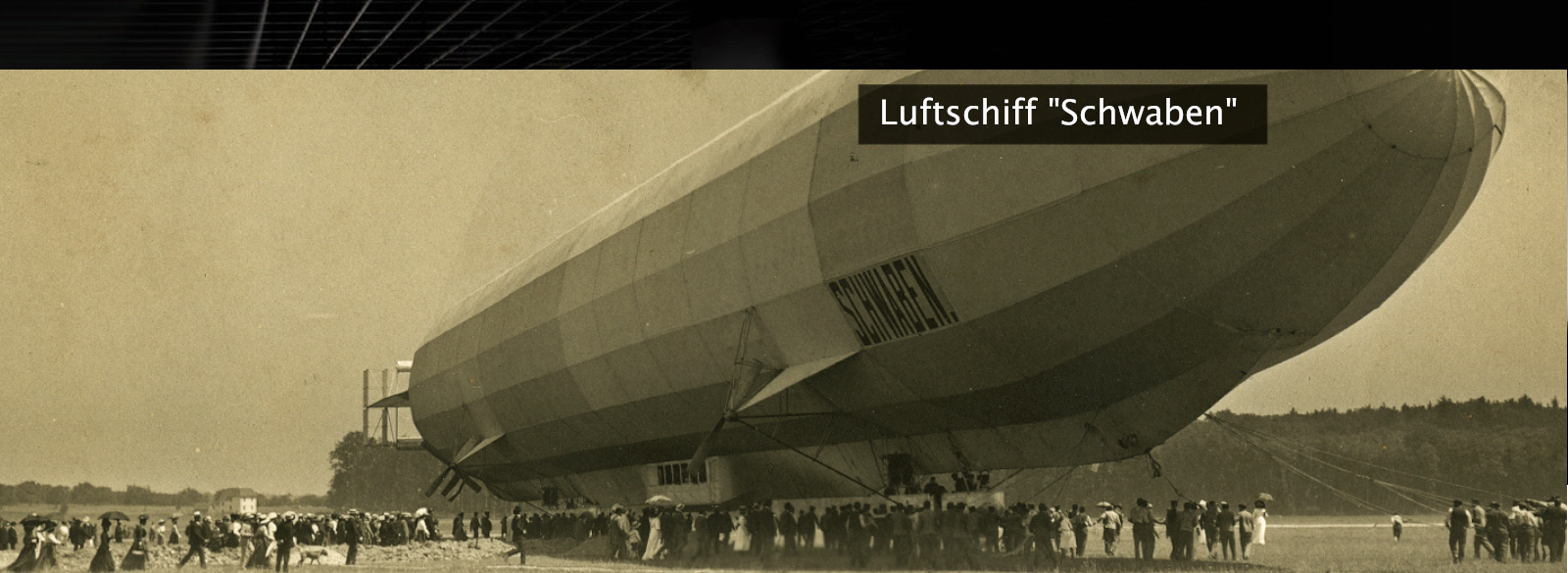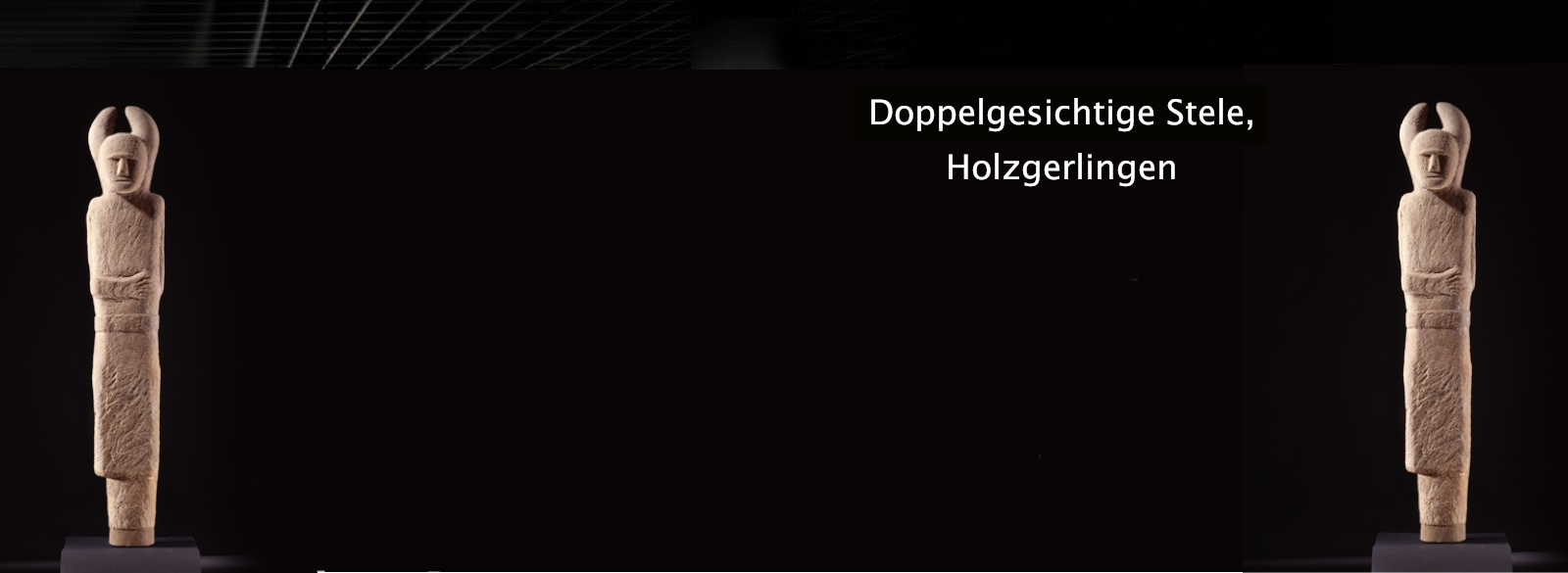Comparison of posttransplant outcomes in patients with no, acute, or chronic amiodarone use before heart transplantation Rasmus Rivinius, Matthias Helmschrott, Arjang Ruhparwar, Fabrice F. Darche, Dierk Thomas, Thomas Bruckner, Hugo A. Katus, Andreas O. Doesch
| Erscheinungsform: | Aufsatz |
| Autor/Urheber: | |
| Beteiligte: | - Helmschrott, Matthias
- Ruhparwar, Arjang
- Darche, Fabrice Fernand
- Thomas, Dierk
- Bruckner, Thomas
- Katus, Hugo
- Dösch, Andreas
|
| Umfang: | 11 |
| Anmerkungen: | Gesehen am 22.08.2017 |
| Identifikatoren/Sonstige Nummern: | 1562638122 [PPN] |
| In: | Albany, Auckland : Dove Medical Press, 2007 11(2017), Seite 1827-1837 volume:11 year:2017 pages:1827-1837 extent:11 |
| Inhalt: | - Background: Major concerns about the safety of pretransplant amiodarone use have been raised. As a result of its long half-life, the cardiac allograft is exposed to amiodarone posing potential risks such as bradycardia, requirement for pacemaker implantation, or increased mortality after heart transplantation (HTX).Objective: The aim of this study is to investigate the posttransplant outcomes of patients with no, acute, or chronic amiodarone use before HTX.Methods: This retrospective single-center study included 530 adult patients who received HTX between 06/1989 and 12/2012. Patients were stratified by their amiodarone therapy before HTX: no continuous amiodarone use (≤90 days before HTX), acute amiodarone use (≤90 days before HTX), and chronic amiodarone use (>90 days before HTX). Differences between the 3 groups in demographics, posttransplant medication, echocardiographic features, heart rates including occurrences of bradycardia, permanent pacemaker implantation, atrial fibrillation (AF), and survival were analyzed.Results: A total of 412 patients (77.7%) were in the “no amiodarone” group, 23 patients (4.4%) in the “acute amiodarone” group, and 95 patients (17.9%) in the “chronic amiodarone” group. Left ventricular ejection fraction (P=0.5819), heart rates including occurrence of bradycardia during posttransplant week 1 (P=0.0979 and P=0.2695), week 2 (P=0.1214 and P=0.8644), week 3 (P=0.1033 and P=0.8894), and week 4 (P=0.2892 and P=0.8644), permanent pacemaker implantation within 30-day (P=0.8644), or overall follow-up after HTX (P=0.8664) were not significant between groups. Patients with chronic pretransplant amiodarone therapy had the lowest rate of early posttransplant AF (P=0.0065). There was no statistically significant difference between groups in 30-day (P=0.8656), 1-year (P=1.0000), 2-year (P=0.8763), 5-year (P=0.5174), or overall posttransplant follow-up mortality (P=0.1936).Conclusion: Administration of acute or chronic pretransplant amiodarone was not related to an increased occurrence of bradycardia, requirement for permanent pacemaker implantation, or mortality after HTX. Importantly, chronic amiodarone use effectively reduced early AF after HTX, whereas acute amiodarone use showed no such effect. Keywords: amiodarone, atrial fibrillation, bradycardia, heart transplantation, pacemaker, survival
|
| URL: | http://dx.doi.org/10.2147/DDDT.S136948 |
| Weiter im Partnersystem: | https://swb.bsz-bw.de/DB=2.1/PPNSET?PPN=1562638122 |
















 leobw
leobw